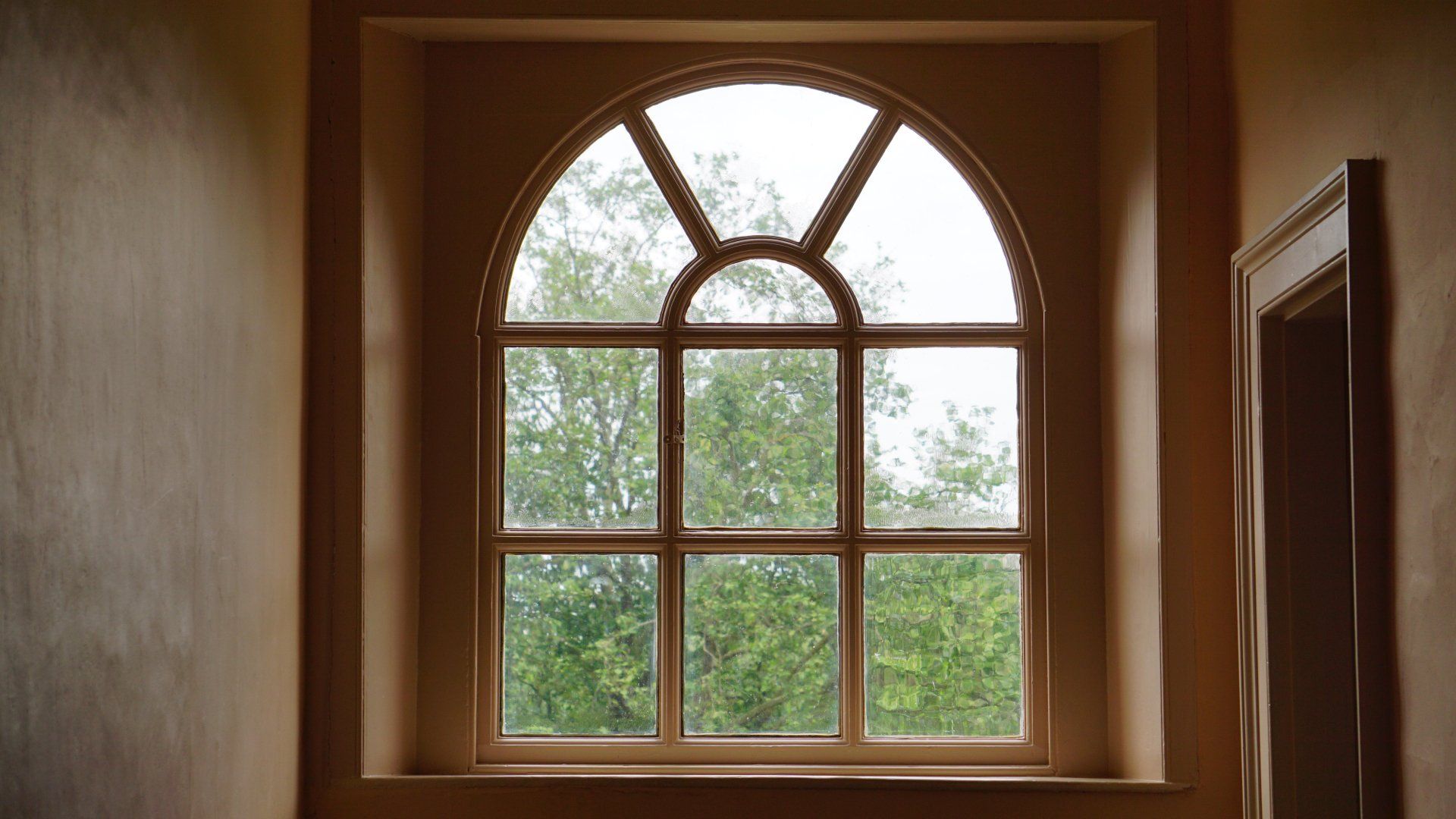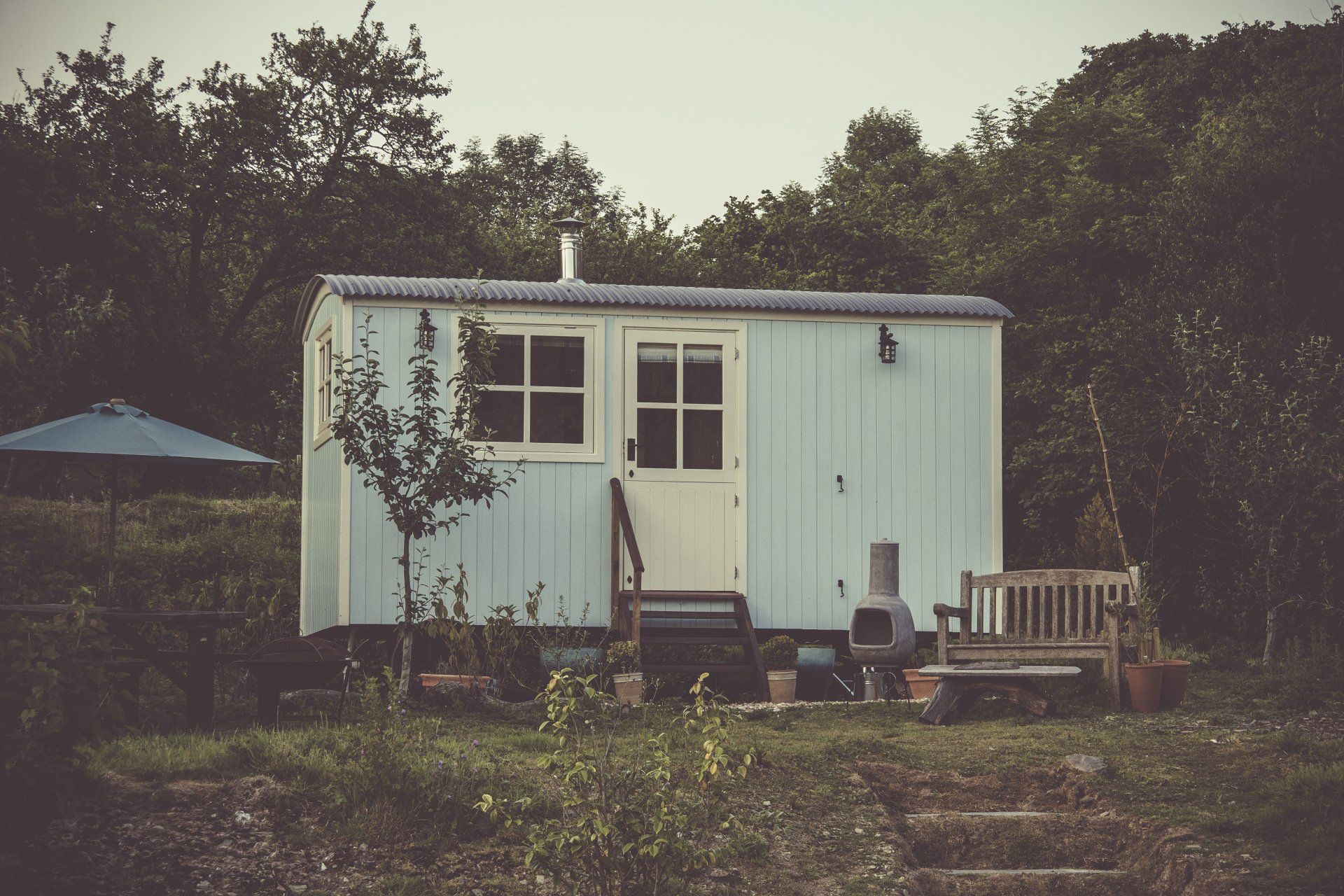Are Energy-Efficient Windows Worth It?
What are energy-efficient windows, and how do they impact your home?

Are Energy-Efficient Windows Worth It?
Are energy-efficient windows worth it? This is an important question for anyone looking to save money on their energy bills. Energy-efficient windows are designed to reduce the heat lost or gained through a window by increasing the insulation between the glass and the air outside. Adding insulation helps keep temperatures inside your home more stable, allowing you to enjoy greater comfort levels while spending less on energy bills. But with so many options available, is investing in energy-efficient windows really worth it?
This article will explore what makes energy-efficient windows different, how they can help you save money, and if they’re worth investing in. We’ll also provide insight into what types of windows are most efficient, how to pick the right style for your home, and more. Let’s dive in!
What Makes Energy-Efficient Windows Different?
When it comes to energy efficiency, not all windows are created equal. To understand how energy-efficient windows are better, it helps to know a bit about how windows work and what makes them less effective at insulating your home.
Generally speaking, regular windows are made with single- or double-paned glass. Single-paned windows have one layer of glass, which is not very effective at stopping air from entering or leaving your home. Double-paned windows usually have a layer of gas between two panes of glass which acts as an insulator. However, air can still escape through the glass because it conducts heat.
To make a window more energy-efficient, manufacturers have developed advanced technologies that use layers of glazing and framing materials to create an extra layer of insulation between the outside air and your home’s interior space. These windows are known as “energy-efficient windows,” designed to reduce air leakage and provide better insulation.
The benefits of energy-efficient windows go beyond just saving money. They can also help reduce noise pollution and make your home more comfortable year-round.
How Much Can You Save With Energy-Efficient Windows?
If you’re looking for a way to save money on your energy bills, investing in energy-efficient windows is a great place to start. Understanding the potential savings you can enjoy from these windows helps to know a bit about how much heat is lost through traditional single-pane or double-pane glass compared to an energy-efficient window.
A standard single-pane window loses twice as much heat in winter as an energy-efficient one. When summer rolls around, an energy-efficient window will keep up to 75% more heat out than a standard double-pane window. In other words, the additional insulation provided by the glazing and framing material used in an energy-efficient window provides significantly better thermal performance and saves you more money on your utility bills over time.
In terms of dollar savings, homeowners can save anywhere from 7% to 15% off their annual heating and cooling costs by installing energy-efficient windows compared to older single-pane units. So if you’re looking for a way to cut down on your utility bills and enjoy greater comfort levels in your home, then investing in energy-efficient windows is definitely worth considering.
What Are The Most Energy Efficient Window Types?
When it comes to shopping for energy-efficient windows, there are several different types and features you should consider before making a purchase.
You can choose from double-pane gas-filled glass with various glazing options, such as Low-E (low emissivity) coating or insulated frames filled with foam or fiberglass insulation material. Here’s a closer look at some of the most common types of energy-efficient windows available:
● Low-E Glass: Low-E glass is coated with a special metallic oxide coating that reflects up to 95% of ultraviolet (UV) radiation while allowing visible light into your home. This helps keep homes cooler in summer by reflecting away heat while still letting natural light in. It also keeps homes warmer in winter by allowing outside solar radiation to pass through your home while minimizing heat loss directly through the glass itself.
● Double-Glazed Windows: Double-glazed windows are designed with two panes of glass separated by an airspace filled with argon or krypton gas that acts as an insulator between interior climate conditions and external weather elements. This type of window is considered one of the most effective in reducing air leakage and providing excellent thermal insulation for your home.
● Foam Insulated Frames: Foam insulated frames are typically made from polyurethane foam which acts as an insulator between the frame material and the inside of the window frame itself. It helps reduce thermal bridging (the flow of heat through materials) while providing excellent insulation against exterior weather elements such as wind and snow – resulting in increased comfort levels inside your home without having to pay higher utility bills.
Are Energy-Efficient Windows Worth It?
We believe that investing in energy-efficient windows can be well worth the cost if you’re interested in cutting down on your utility bills while still enjoying increased comfort levels in your home throughout the year. Not only do these windows provide better thermal insulation than their single pane counterparts, but they also block up to 95% of UV radiation from passing through, which helps keep interior temperatures more stable - saving you even more money down the line!
Plus, when you factor in all the long-term savings associated with installing quality energy-efficient windows into your home – we believe that investing in them is most certainly worth considering!
How To Choose The Right Style Of Energy-Efficient Window
When shopping around for quality energy-efficient windows, there are several things you should consider before making a purchase:
First, determine what type of climate conditions will most likely be experienced at your location (i.e., hot summers/cold winters). Some types of energy efficiency technologies perform better than others under different climate scenarios, so be sure to select ones that will best suit your environment!
Next, decide which style or design will best complement your existing décor or architecture - this will help ensure you get the most enjoyment out of them once installed into your home!
Lastly (and perhaps most importantly), ensure that you select high-quality products from reputable vendors – this will help ensure that you don't waste money on inferior-quality materials or installation services.
Conclusion
We hope this article has helped answer some common questions about whether or not investing in energy-efficient windows is worth it! By installing these products into your home, you can reap numerous benefits, including reduced utility bills, increased comfort levels inside your house throughout all seasons, improved air quality due to reduced UV radiation exposure – plus much more! Remember - when shopping around for quality products, make sure that you select ones that match both your design preference and climate conditions to get optimal performance out of them over time!




